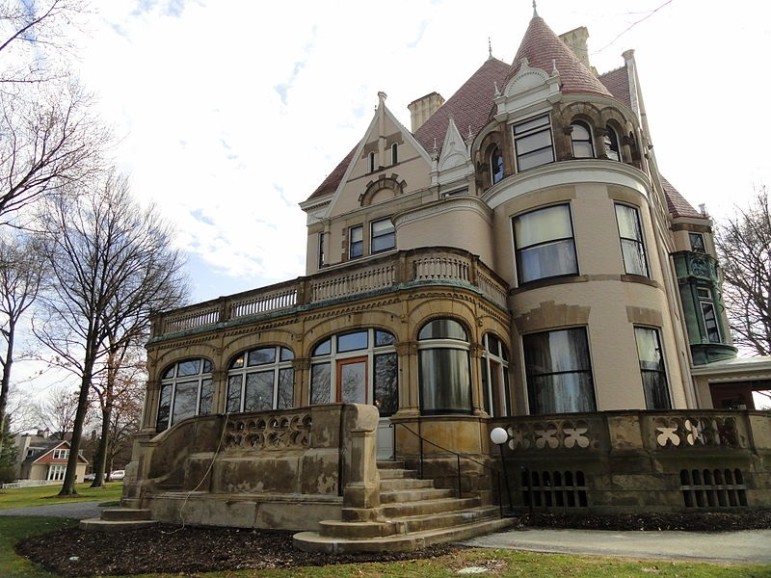
This week, The Frick Pittsburgh has become the latest art museum to feature objects from its collection on the rapidly expanding Google Cultural Institute, a virtual collection of art and artifacts from around the world that viewers can “visit” through hand-held and desktop devices without ever leaving the comfort of their homes. Launched in 2011, the Google Cultural Institute now includes images and descriptions of more than 6 million works of art online, from more than 1,000 institutions, including many world-class museums.
And while there was some initial hand-wringing about whether this growing online archive will (further) reduce in-person visits to museums, after five years, the opposite seems to be happening. As reported in NEXT Pittsburgh, according to Google spokesman Patrick Lenahan:
One question we get is, why would someone visit a museum if these pieces are available online? But what we’ve found is that when we put exhibits online, the museums see an increase in foot traffic.
Anyone who has stood in front of an original work or art—or, as is the case with objects from The Frick Pittsburgh that have been included in the Google Cultural Institute—an antique carriage or car, a fashionable article of clothing or an exquisite silver tea set—will certainly understand that the online experience doesn’t compare; it’s almost a tease, inviting the viewer to visit and see the real thing in person. And when that’s an option, it is, of course, a better one. But few of us will ever get to visit as many places as we’d like, so why not indulge in a virtual tour now and again?
Sign up for our free newsletters
Subscribe to NPQ's newsletters to have our top stories delivered directly to your inbox.
By signing up, you agree to our privacy policy and terms of use, and to receive messages from NPQ and our partners.
An earlier NPQ report noted that the Isabella Stewart Gardner Museum in Boston prides itself on providing an intimate encounter with its artworks, something that is lost with online viewing. A subsequent newswire noted that the Google Cultural Institute made it easier for many museums to adapt new technologies and offer mobile apps to consumers.
Of course, the artworks available for viewing online represent only a fraction of any museum’s collection. And sometimes the online offerings include objects not on display to museum visitors, such as pastel paintings by Jean-Francois Millet from The Frick Pittsburgh that are especially susceptible to light damage. So even if you live in Pittsburgh, your best chance to experience those works might be online.
Google describes its Cultural Institute as being consistent with the company’s “larger mission of organizing information online and making it available to anyone.” It’s worth noting that the artworks and objects “collected” by Google may be viewed in a number of ways: as representing the museums and other collections from which they originate; through thematically curated collections offered by Google; or in collections curated by individual viewers, who may select objects from around the world and juxtapose them virtually in ways that might never be possible in the real world.
If you work in a cultural institution that has made part of its collection available for viewing through the Google Cultural Institute, NPQ would love to hear from you. What has this meant to your organization in terms of admissions, visitor engagement, virtual visits, perhaps even donations?—Eileen Cunniffe











